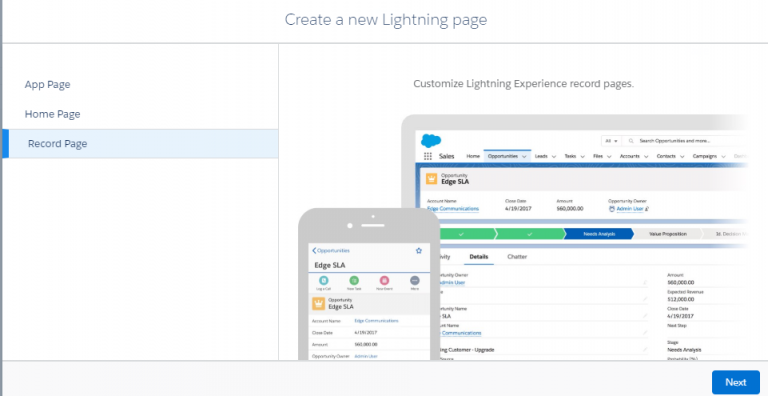

Here is a screenshot of a free Component called USA Heatmap, embedded in an Account page, showing the location of Contacts by State. While the paid list of Lightning Components is small, the number will continue to grow with adoption of Lightning. There are also ones allowing access to third party systems such as Box, DocuSign, Vidyard, TaskRay and so on. Popular among the free ones are calendars, grid views for Related Lists, and maps. As of this writing there are close to 200 Components available on the AppExchange, with 160 of them available for free.

We can download and install these Components from Salesforce’s AppExchange. Salesforce and its Partners are able to create Custom Managed Lightning Components. Custom Managed Components Lightning Components Once ready to go, a developer promotes the Component to Production so that it can be added to a Lightning Page. Developers create Components in either a Sandbox or a Developer Org and test them.

These allow us to query and format data in a new way within Salesforce, pull in data to display from external systems, or create custom controls in a system. Someone with development skills can create Custom Lightning Components. Some of the Standard Components, such as Tabs or Related Lists, are containers for other Components on the Page. For example, an App Page offers the fewest Standard Lightning Components and a Record Page offers the most. The ones available to you in Salesforce’s Lightning App Builder depend on the Page Type you select and on the Object. The list of Standard Lightning Components has grown with each new release. With Lightning we have a great opportunity and responsibility to improve how our Users access and leverage the data in the system. If you use these Page Layouts as-is, then you are missing the whole point of your move to Lightning! As administrators we must take the time to create new Page Layouts in the Lightning App Builder for each page in Classic. When first activated, Lightning displays default versions of Page Layouts for each object. These are Standard or Custom elements which you can add to your Lightning Pages. In the move away from Classic, Salesforce put significant emphasis on its new building blocks, called Lightning Components.


 0 kommentar(er)
0 kommentar(er)
